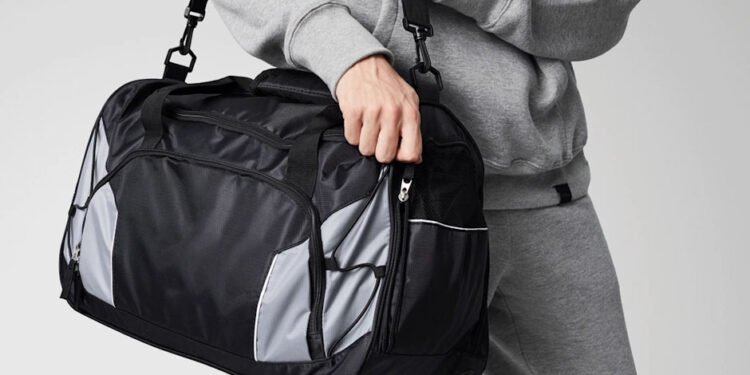Custom sports bags are stylish and functional items offering many benefits to sports enthusiasts. These benefits are leveraged by businesses, which is a reason for using them to enhance marketing and promotional initiatives. However, calculating ROI (return on investment) is essential for businesses to judiciously allocate resources. We will examine how to evaluate the ROI from a business’s investment in custom sports bags in this article.
How to Determine the Return on Investment from Custom Sports Bags
The following steps outline how to determine the return on investment from custom sports bags.
Step 1: Initial investment in custom sports bags
This sum covers the price of producing, customising, and distributing the sports bags. It is critical that you comprehend the variables influencing expenses at each of these phases. A few elements to consider when estimating production costs are material selection, bag design and size, and order quantity. Consider factors like additional customisation elements and logos that are printed or embroidered when estimating the price of modification. Finally, take into account every element affecting the distribution cost.
Step 2: Estimate the revenue your business will generate
Estimating the revenue your investment in custom sports bags will yield is the following step once you have carefully considered all of the costs. Measuring a few special metrics will help achieve this. These KPIs (key performance indicators) are direct sales increase, brand awareness and new customer acquisition, customer loyalty and retention, and social media and word-of-mouth impact. For each of these parameters, you are to measure them based on any observable changes related to the use of custom sport bags.
Step 3: Apply the ROI formula
It is vital that you comprehend and become familiar with the ROI formula because it is a key tool utilised by businesses to analyse their return on investment from custom sports bags. The formula for calculating the return on investment is net profit divided by total investment cost; this value is then multiplied by 100. The net profit is determined by subtracting the overall costs incurred from the value for the income generated by custom sports bags. Importantly, all production, distribution, marketing, and opportunity costs are included in the overall investment cost.
Step 4: Analyse and optimise
After determining your ROI, you must analyse your findings for a variety of reasons. These are well-informed decision-making, efficient resource allocation, tactical planning, proficient risk mitigation, accountability and openness, ongoing enhancement, and achievement assessment.
A campaign is considered effective if the return on investment is positive; if not, it means you are overspending. There are tactics to use for each of the two scenarios. If your return on investment is positive, consider expanding the campaign’s reach or looking into other advertising options. For a negative ROI, assess the reasons behind the loss. Metrics to measure are excessive production costs or inefficient distribution strategies. Once all of these are measured, carefully make the necessary adjustments.
Conclusion
This article has examined a methodical approach to evaluating the return on investment from custom sports bags. You may optimise the impact of your marketing techniques and increase the effectiveness of your promotional activities by keeping a close eye on these steps.












